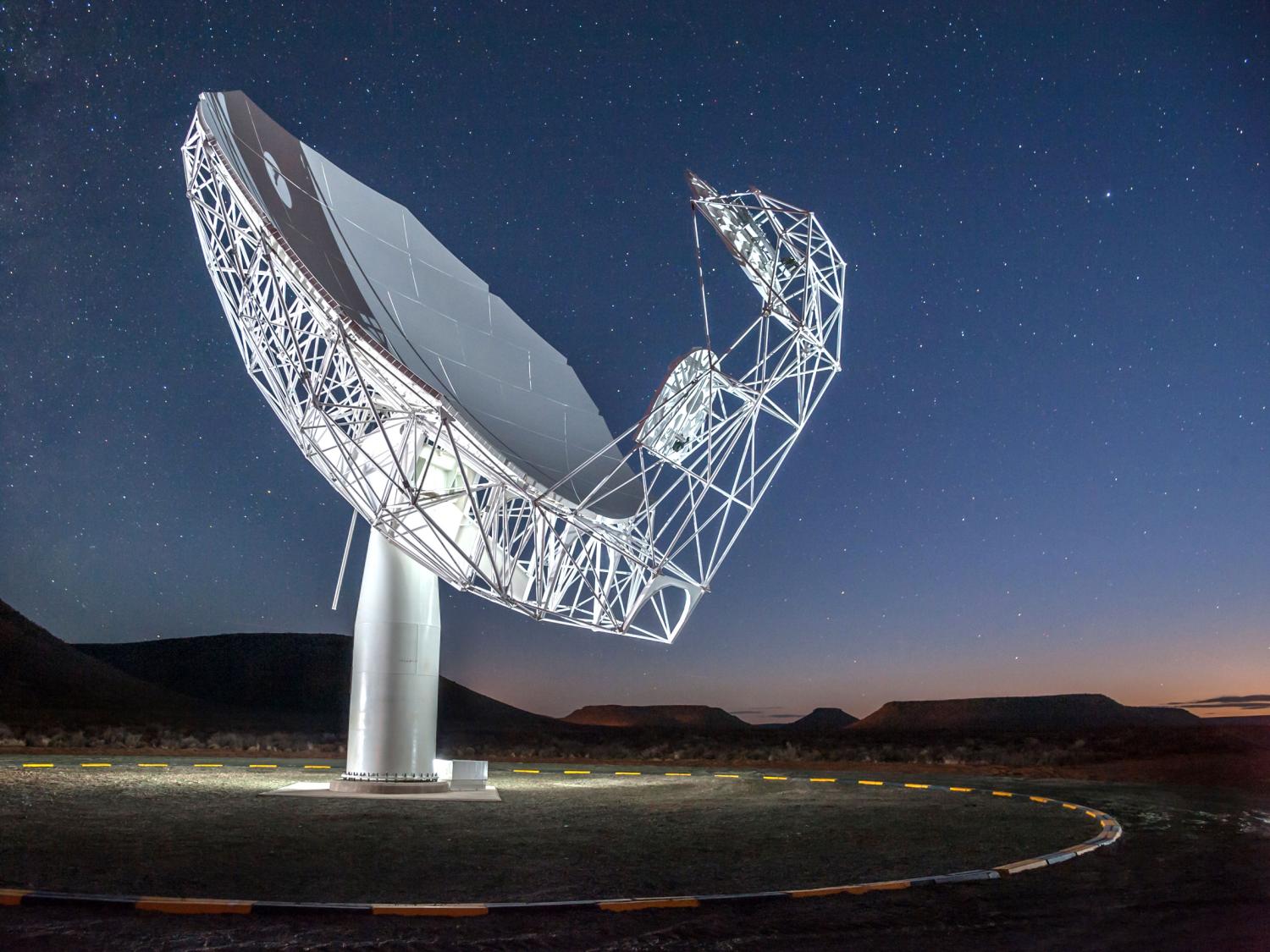Citizen Science
Have you got time on your hands and a computer sitting idly at home? Would you like to help astronomers better understand the universe?
Below you will find a list of citizen science projects that call on the public’s help to do research. Whether it’s recognising patterns or using your computer’s processing power while you’re not using it, you’ll be helping astronomers make sense of what’s out there. Take a look!
Projects for students

PULSE@Parkes
PULSE@Parkes is a free educational program where your high school students use the CSIRO Parkes radio telescope, Murriyang, live and remotely to observe pulsars, analyse their data and interact with professional astronomers.
Radio JOVE
The NASA-sponsored Radio JOVE project is a hands-on inquiry-based educational project that allows students, teachers and the general public to learn about radio astronomy by building your own radio telescope from an inexpensive kit to observe Jupiter, the Sun and even our own galaxy and/or using remote radio telescopes through the internet.


RAD@home (India only)
Real Astronomy Discovery at Home is a citizen science project aimed at undergraduate science students in India to work on understanding black hole-galaxy co-evolution, using mainly data from GMRT, one of the SKA pathfinder telescopes. The project aims to prove that any BE/BSc undergraduate/graduate can do multi-wavelength extragalactic astronomy research. It is the first Indian citizen-science research programme in astronomy.
Projects for everyone

Einstein@Home
Einstein@Home uses your computer’s idle time to search for weak signals from spinning neutron stars (often called pulsars) using data from the LIGO gravitational-wave detectors, the giant Arecibo radio telescope in Puerto Rico, and the Fermi gamma-ray satellite. By joining, your are helping research find more pulsars! Pulsars are extremely interesting objects that radio telescopes like the SKA can use to observe gravitational waves. The more pulsars we know of, the better we’ll be at this!
Radio Galaxy Zoo: EMU
Help astronomers locate and identify supermassive black holes, star-forming galaxies, and maybe discover something completely unknown with an SKA pathfinder telescope!
Following the original, very productive Radio Galaxy Zoo, the team behind it is asking for your help once again to work with new, spectacular radio images from the Evolutionary Map of the Universe (EMU) Survey from the Australian Square Kilometre Array Pathfinder (ASKAP). The project offers a chance to take on the challenging task of describing what each radio source looks like, using a preselected list of descriptors. Your work will help researchers understand which patches of radio emission belong together and which optical or infrared galaxies are home to supermassive black holes.


Gravity Spy
Help scientists identify gravitational waves produced by merging black holes! Being the most sensitive and most complicated gravitational experiment ever created, LIGO is susceptible to a great deal of instrumental and environmental sources of noise called glitches. These glitches are difficult to model using computers, can mimic true astrophysical signals, and generally make LIGO less sensitive to gravitational waves. By selecting the right classification for a given glitch, you are helping computers learn to do this classification themselves on much larger datasets, which helps scientists determine and eliminate the sources of noise.
Start eliminating sources of noise now!
Zooniverse
The Zooniverse is the world’s largest and most popular platform for people-powered research. More than a million people around the world have come together to assist professional researchers and enable research that would not be possible, or practical, otherwise. You’ll find many citizen science projects available to help astronomers, from looking for asteroids, new exoplanets, tracking solar storms, studying mars and detecting stellar explosions. Take a look!


Bursts from Space: MeerKAT
Using the MeerKAT radio telescope we are searching for dynamic and explosive events happening out in space. These events can be caused by many different things, from stellar flares to supernova, plus lots we don't know about. As a catch-all we'll refer to these things as transients and variables.
In this project we're asking you to help find transients and variables by looking through our data. We have machines that do this for us, but they don't do a good job when things get hard and we think human eyes will help.




